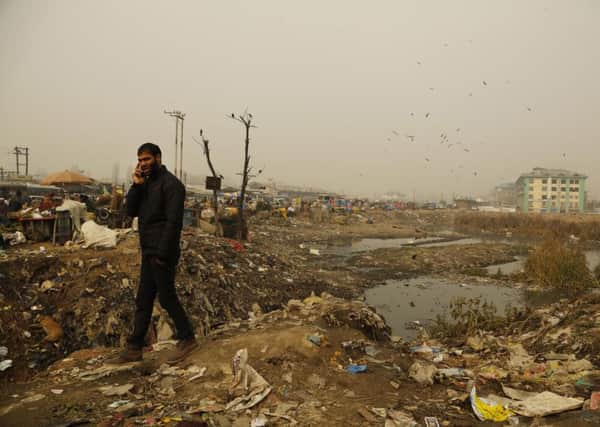Climate change and urbanisation blamed for bird numbers fall


Wildlife experts said they have never seen so few birds – and so few species – feeding and breeding around the wetlands nestled between the region’s mountain peaks and plateaus.
Colourful birds like the whooper swan, stiff-tailed duck and cotton teal have not been seen in the area in recent years. While there has been little scientific study to quantify the falling numbers, former regional wildlife warden Mohammed Shafi Bacha says he counts only 18 species visiting today out of 28 that came three decades ago.
Advertisement
Hide AdAdvertisement
Hide AdScientists routinely reject the state’s official count of birds as unreliable, but even those numbers show a downward trend: During the winter of 2009-10, authorities said more than one million birds visited Kashmir’s wetlands. Last year, they counted just over half that number.
“The bird numbers have been fluctuating over the years, but now there is a steady decline,” Mr Bacha said. He called for an “urgent and massive effort to revive these wetland reserves for protecting the birds.”
Scientists said unbridled construction, piled-up rubbish and the changing Himalayan climate – where warmer temperatures are melting snows more quickly and playing havoc with the seasons – are robbing the birds of their traditional watering holes and, in the case of visiting mallard ducks, their nesting areas.
Scientists say the Earth’s atmosphere has already warmed an average of 0.7C in the past century, thanks to the release of heat-trapping greenhouse gases like carbon dioxide.
But temperatures are rising more quickly at high altitudes like the Himalayas. Kashmir itself has warmed 1.3C in the past century.
Local scientists say seasons are shifting from their usual patterns, and precipitation is more often falling as rain instead of snow.